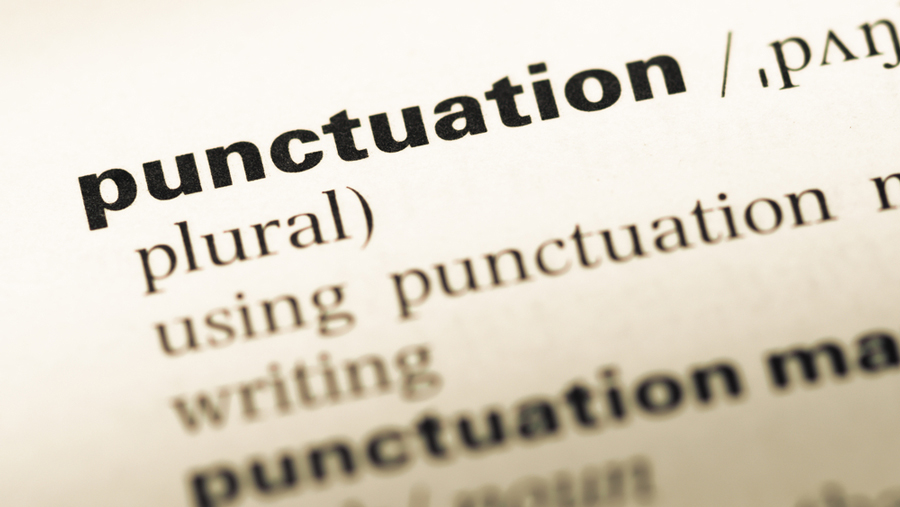It is a brave new world that never wants to stop. Its denizens speed through the day with short text messages and WhatsApp effusions on the go, liberally scattering exclamation marks and ellipses as one message runs into the next, producing fresh codes of communication that linguists must decipher. And linguists have found that the one thing that hits the sensitive nerve of millennials and the Gen Z is the full stop. It may be just a dot in English — some languages have a vertical or slanted line or more dots — but the load it can carry is amazing. Someone who uses a full stop in a social media message must be angry, weird, mean or aggressive, even — horrors — passive-aggressive. In vain do old fogies of 40 and above say, pleadingly, anxiously, or in bewilderment, that it is a part of grammar, a punctuation mark: a sentence is not complete without it. It is not a secretive little emoji conveying the sender’s negative feelings towards the recipient; it is just saying that the message has ended. But for the young in the age of instant communication and lightning change endings cannot be allowed to threaten finality. Everything is ever moving on. An ellipse images this perfectly, or a question mark that softens the blow of a statement by imitating the upward lilt of a friendly suggestion. A full stop is like a repulse, deadening and cold.
So the generation gap now nestles in a full stop. Not that linguists of the baby boomer generation are all of the same opinion. They agree about the vanishing little dot, but some of them feel it is no big deal. Headlines never had full stops, did they? Or itemized lists? The short social media message signals its end by being sent; why burden it with a full stop that makes it bottom heavy? It makes the tone enigmatic, hinting at something left unsaid that can frighten the recipient with dark forebodings. Just as the calling bell is unnecessarily alarming for the millennial and her younger siblings. There are apps to alert them to deliveries at the door and the warm exclamatory SMS to announce the friend on the threshold. Life is peacefully lived via the screen.
But some linguists and quite a number of teachers are less enthusiastic about the new code. A full stop is indispensable as a punctuation mark, they feel, and constant messaging on social media is gradually eroding the awareness of what formal writing demands. Dropping full stops in formal communication will render it unintelligible, and dropping other punctuation marks, such as the closing quotation marks, will simply make it incorrect. But such concerns may only be relevant as long as pre-millennials are still around. Language can and will change. And if full stops inflict such suffering on the delicate young, can the intense agonies of decoding a semicolon be imagined?










